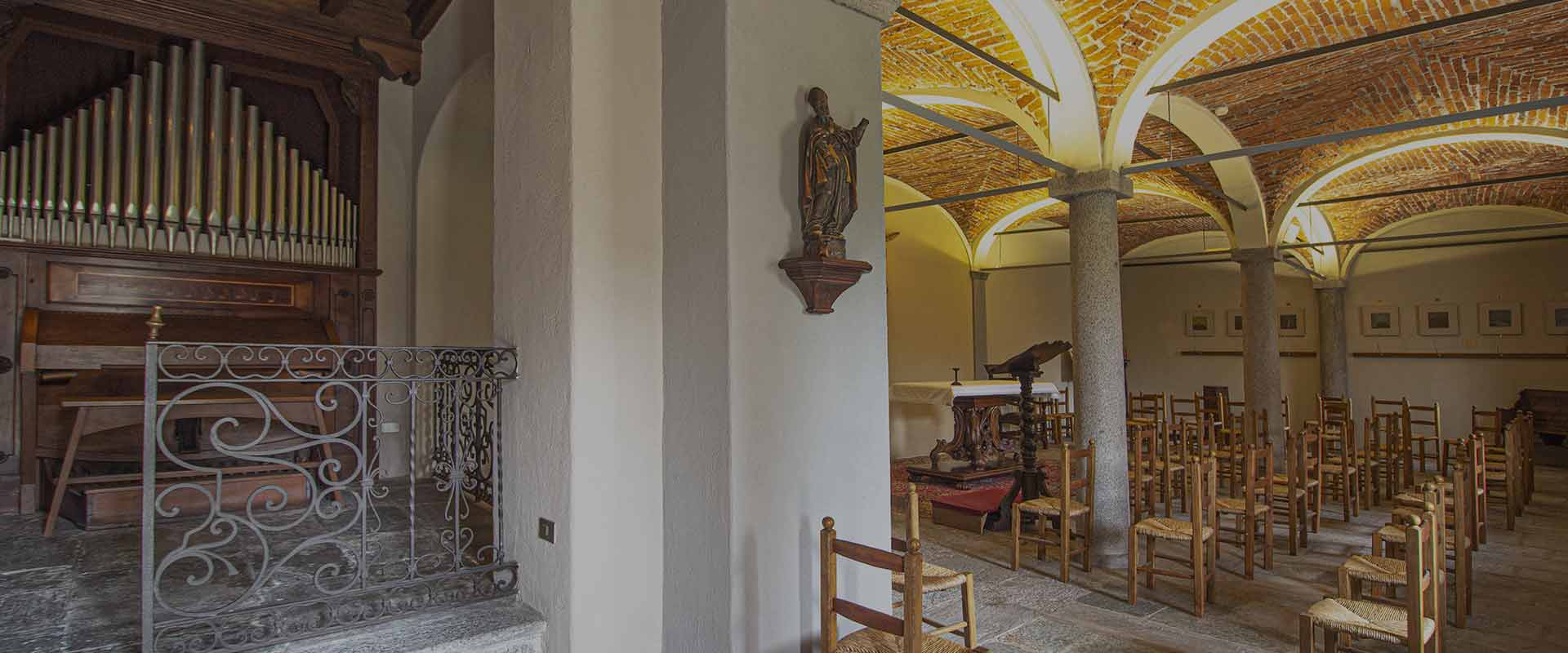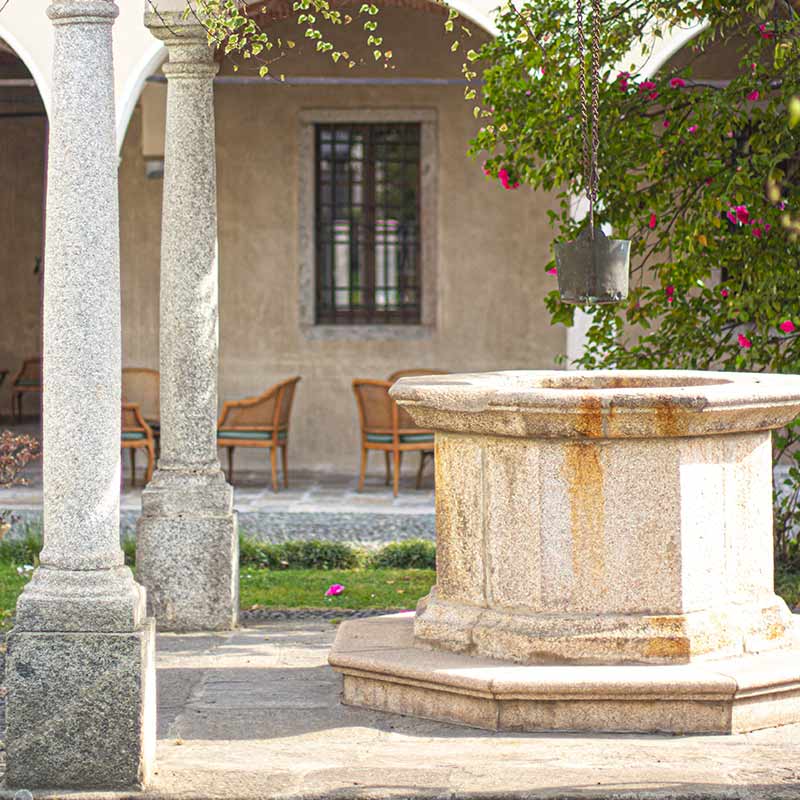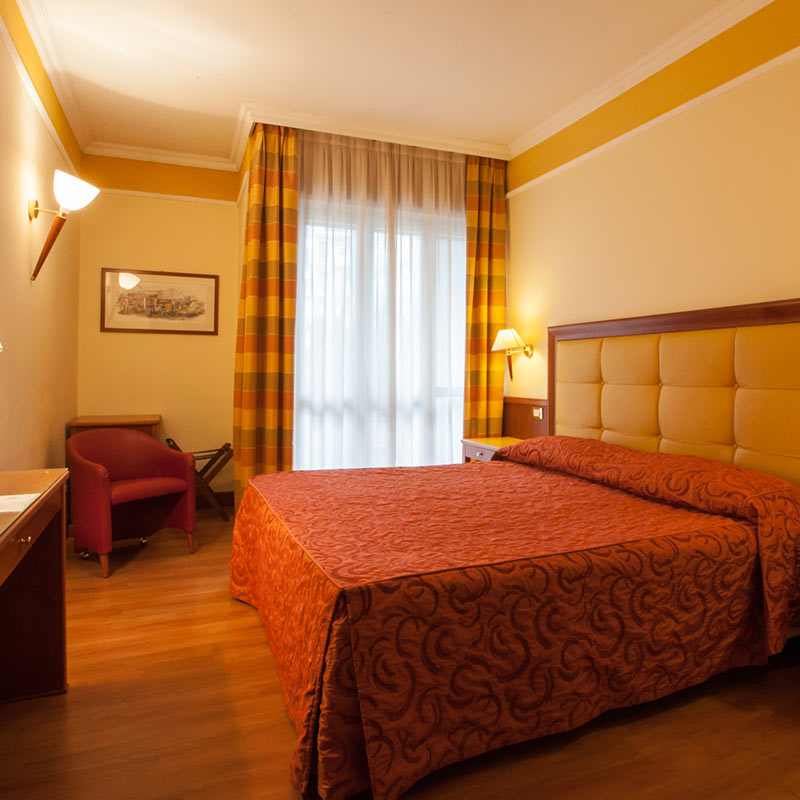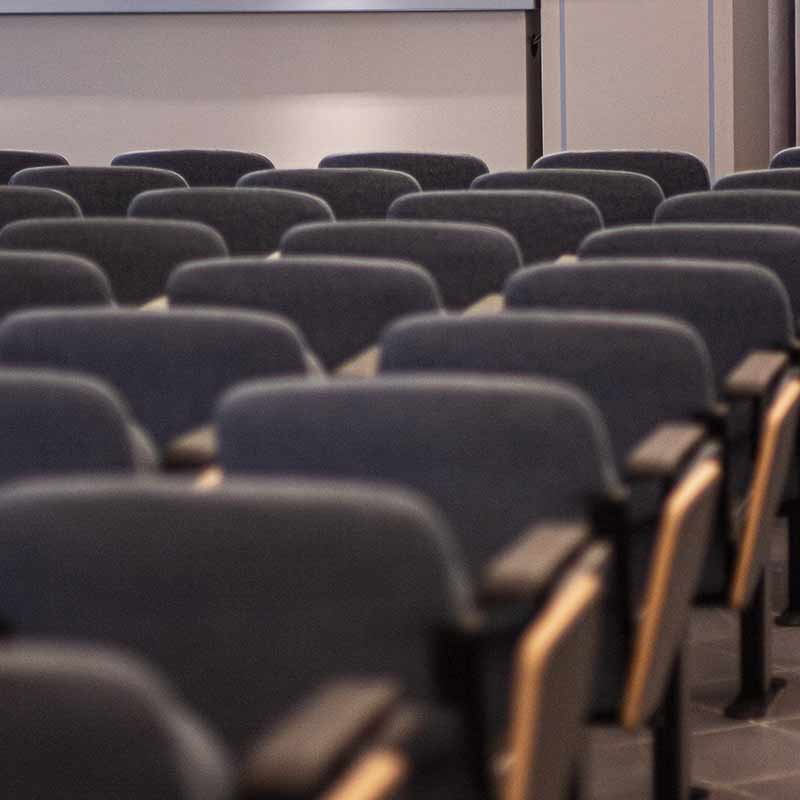A centuries-old history
The hospital of S. Antonio was located in the site of the current construction of the Hotel Il Chiostro in the late Middle Ages (document dated 1298). Subsequently (at the beginning of the 16th century) the Augustinian nuns settled here and for centuries they made it a landing place for prayer, meditation and work (with the name of Monastery of S. Antonio) creating that structure which, through subsequent constructions and transformations, took the definitive lines around the eighteenth century. After the suppression of the religious orders in the Napoleonic era, the advent of the prodromes of the new industrial society marked here one of the historical stages: the Swiss Gian Giacomo Müller established in these premises the first mechanical spinning in Italy (1806), thus putting himself at the head of that industrial and commercial process which led, in the following century, Intra to those economic heights that made it one of the liveliest centers of industrial Italy. After a period of alternating fortunes (requisition for use by the army in the First World War, partial arrangement for use as a private residence), due to the munificent decision of Baron Paolo Casana and with the support of the management board of the "Opera Pia Cobianchi", a part of the building became home to a student boarding house.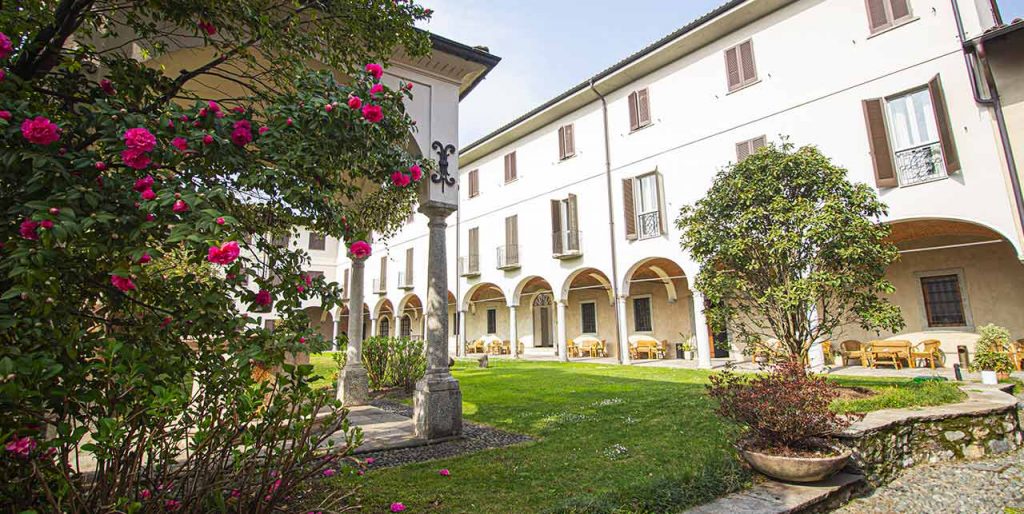
From 1968 to the '80s
In 1968, the now dilapidated central part of the complex that housed the students was restored to make it a home for young people and teachers, which, while promoting community group life, did not cancel the call to intimacy and personal research. This restauration only recovered the portico. In the '80s, the remaining part of the monastery was purchased from private individuals: this was when it was still used as the home of some disadvantaged families, with a blacksmith shop in one part of the ground floor and a ragman in the remaining part, where there is the parlor and the Sala del Camino. The restoration of what remained of the ancient Augustinian Monastery was completed in 1984 and allowed the recovery of the whole Cloister (twenty-four arches).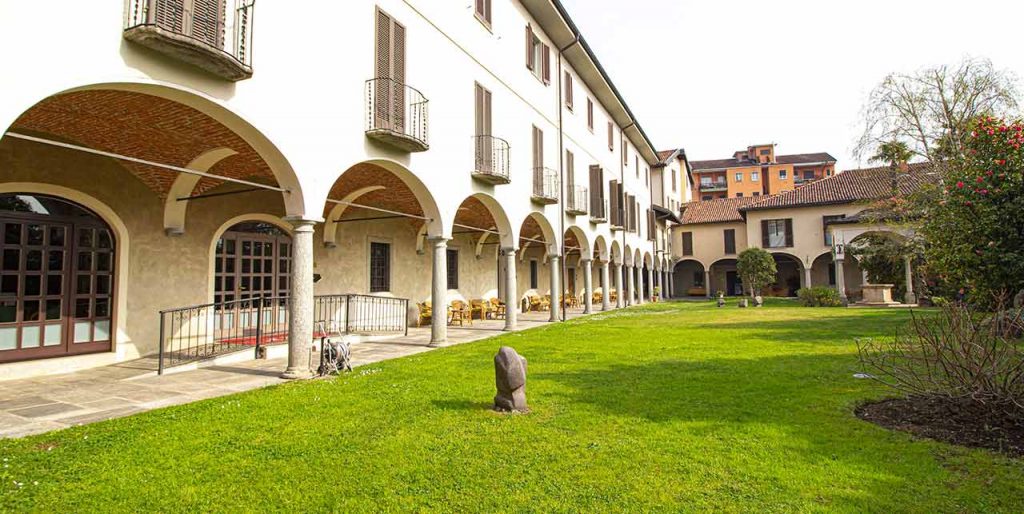
The latest transformation
Particular care has been reserved to the refurbishing of the chapel, which was created in the premises of the ancient refectory of the monastery. The essential structures (columns, stone floor, granite portals) have been recovered and it has been enriched with furniture of artisanal and artistic value, of a "Mascioni" organ and, recently, of a precious "Via crucis" by the artist Mauro Maulini.
Now the original cellars of the 1500s, the Sala de Camino and the Sala degli Affreschi that housed the monastery’s parlor, are also at the disposal of the guests.
The last acquisition took place in the 90s and involved the shed of what had been the first mechanical textile factory in northern Italy, dating back to 1806.
Numerous ancient and modern rooms, a large auditorium and the Rosmini room, equipped with modern multimedia technologies, allow to host conferences and congresses.
The Cloister is now both a Hotel and a Congress Center which also collaborates with important Italian Universities. It is the seat of numerous and prestigious social and cultural initiatives in the heart of the city of Verbania.


